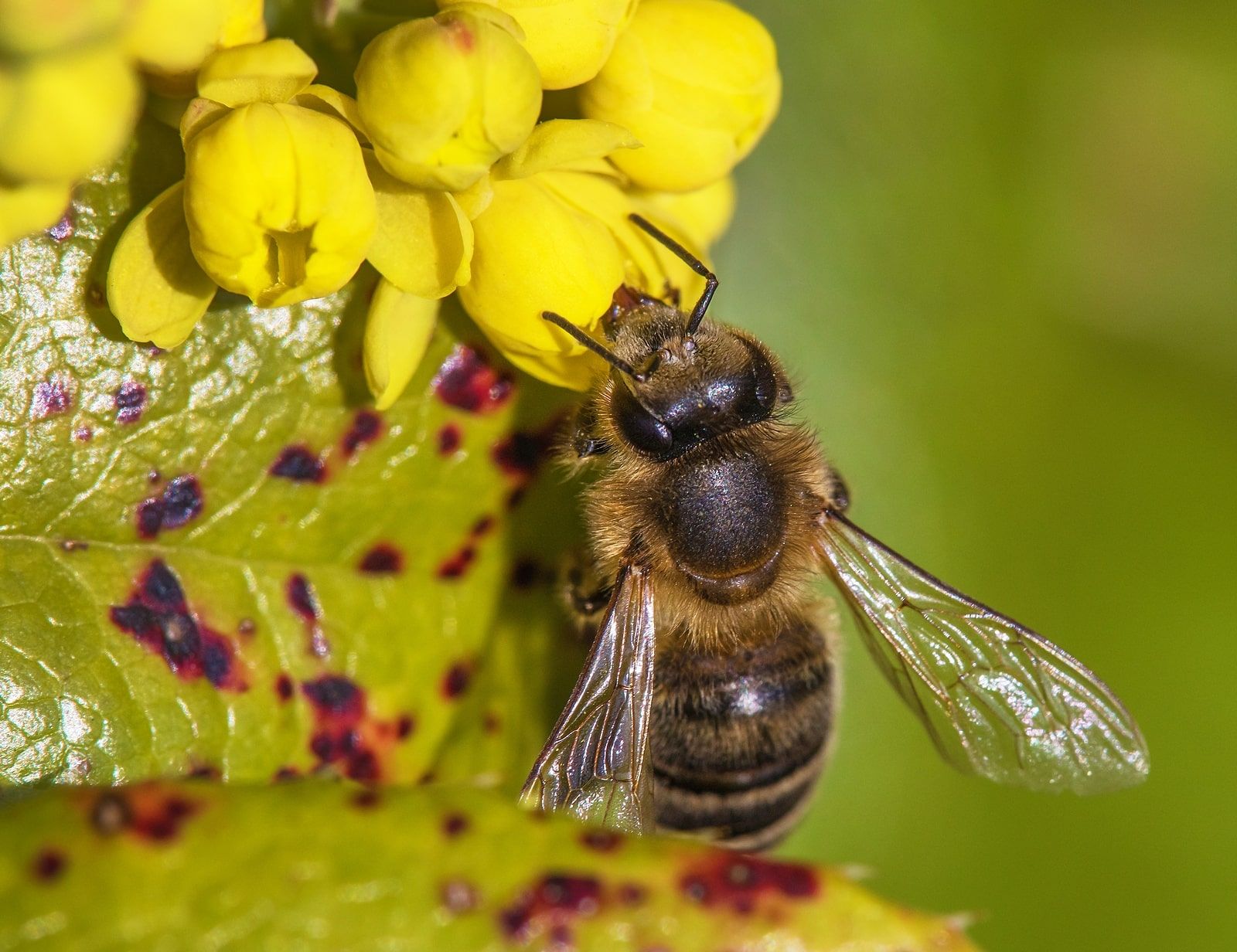Bee Sting Treatment for Dogs: What to Do if Your Dog Gets Stung by a Bee
Imagine yourself and your furry friend enjoying a sunny day in the park when a bee stings your dog. It's a scenario that many dog owners dread, but it can happen to even the most cautious pet parents.

Understanding the Culprit: Bee Stings
Bee stings are common, and bee stings can be excruciating for humans and dogs. When a bee stings, it injects its venom, which contains toxins that can cause an immediate reaction. Dogs, known for their curiosity, are susceptible to bee stings, particularly in the warmer months when bees are highly active.
Bee Venom Skincare
Bee venom contains a cocktail of substances that can cause various reactions in the body. When a dog is stung by a bee, the venom can sometimes cause localized pain, redness, swelling, and even an allergic reaction. It's essential to act swiftly to alleviate your pup's discomfort and ensure their safety.
The First Steps
If you witness your puppy stung by a bee, the first thing to do is to remain calm. Next, follow these steps to help your dog recover from the bee sting:
Assess the Situation: If you see a bee buzzing around your dog or notice a sting site, scrutinize it. Try to identify if the stinger is still embedded in the skin. If it is, you should carefully remove it to stop further venom release.
Remove the Stinger: Use tweezers or the edge of a credit card to remove the stinger safely. Gently scrape or pull the stinger out in the same direction it entered to minimize damage to the surrounding tissues.
Wash the Area: Cleanse the impacted area with gentle soap and warm water following stinger removal. This helps prevent infection and reduces the risk of complications.
Bee Sting Treatment for Dogs
The following steps will help you treat your dog's bee sting effectively:Reduce swelling: Administer a cold compress to the sting site for 10-15 minutes. This can help ease pain and reduce swelling. Ensure to wrap the ice pack in a cloth to prevent direct contact with your dog's skin.
- Provide pain relief: If your dog is in discomfort, consult your veterinarian about the appropriate pain relief options. Never give your pet any over-the-counter medications without your vet's guidance, as some can be toxic to dogs.
- Monitor for Allergic Reactions: Monitor your dog closely for signs of allergic reactions, including difficulty breathing, hives, vomiting, or diarrhea.
- Consider an antihistamine: Sometimes, your vet may recommend giving your dog an antihistamine like Benadryl to help alleviate allergic reactions. However, only use medication under your vet's guidance.
- Consult Your Veterinarian: If the swelling, redness, or pain persists, consult your veterinarian for further evaluation and treatment. They may recommend antibiotics or other treatments to prevent infection.
Preventing Future Bee Stings
Once your dog has experienced being stung by a bee, it's crucial to take precautions to minimize the chances of it happening again. Here are some tips to help prevent future bee stings:
- Keep Your Dog on a Leash: Keep your dog on a leash in open areas or unfamiliar locations. This will give you better control and reduce the likelihood of them chasing after bees.
- Avoid Attractants: Bees are attracted to sweet smells and bright colors. To reduce the chances of a bee encounter, avoid using strongly scented lotions or dressing your dog in brightly colored attire.
- Teach the "Leave It" Command: Training your dog to obey the "leave it" command can help prevent them from trying to chase or play with bees.
- Regular Check-Ups: Ensure your dog receives regular check-ups from the vet to ensure they are in good health and can quickly address any allergies or sensitivities that might increase the risk of a reaction.
A puppy stung by a bee is not unusual during the warm, sunny months. However, knowing the proper bee sting treatment for dogs can make all the difference. When your dog is stung by a bee, watch for any signs of allergic reactions and consult your veterinarian if necessary. By providing the proper care and taking preventive actions, you can help ensure your furry friend enjoys bee encounters without the sting. If you need any help, contact us today.


